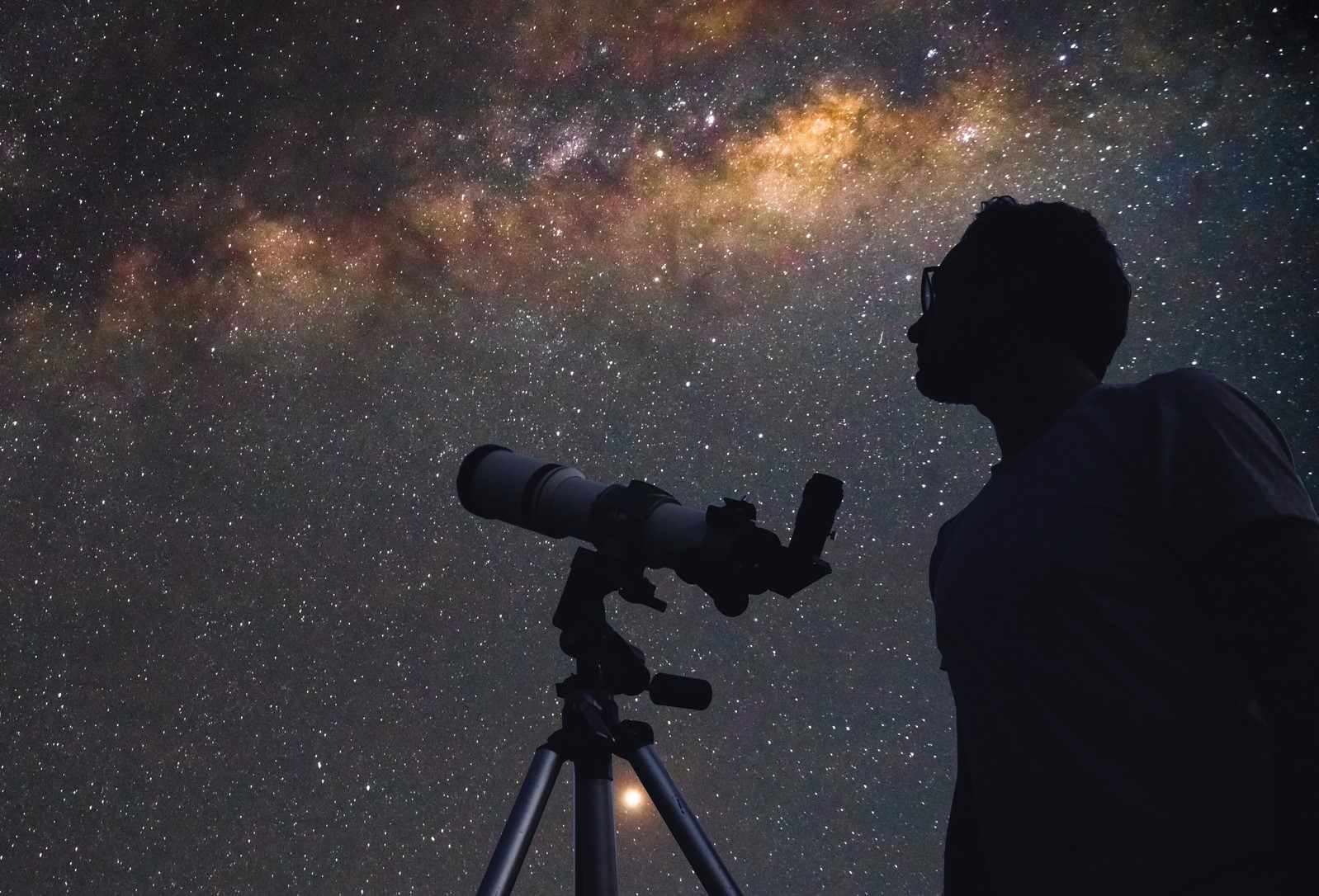As NASA Prepares UFO Study, Are We Seeing a New Space Race for Aliens?
Aliens, extra-terrestrials, or ‘little green men’—the idea has various labels, all of which have saturated popular culture for decades and carry with them a whiff, or a heavy dollop, of pseudoscience.
That didn’t stop the U.S. government from stirring feverish excitement by holding its first Congressional hearing on UFOs—now officially referred to as unidentified aerial phenomena (UAP)—in decades back in May.
Perhaps predictably, the hearing left more questions than it answered and did little to expand upon a defense department report the previous year describing UFOs, whatever they are, as a threat to national security.

m-gucci/Getty
But it highlighted that the government is taking the idea seriously and even wants to remove the stigma associated with the idea of UFOs, a stigma that has come from years of being associated with claims of intelligent beings visiting Earth.
Then, in June, NASA announced that it was to set up its own independent report on UFOs and was commissioning a study team to examine what it called “observations of events in the sky that cannot be identified as aircraft or known natural phenomena” from a scientific perspective, starting this fall.
Daniel Evans, assistant deputy associate administrator for research at NASA’s Science Mission Directorate who is responsible for orchestrating the study, has told Newsweek that the report is expected to reach completion in the spring of 2023.
That same month, Dmitry Rogozin, head of Russia’s space agency Roscosmos, suggested that his country, too, was giving at least some official recognition to such reports. The claim might be taken with a pinch of salt since Rogozin is a controversial figure known for making sensational statements—particularly in the context of the ongoing war in Ukraine—but it suggests that official recognition of the phenomenon has not been limited to the United States.
“If we talk about specific facts of the so-called UFO [sightings], which might have taken place on Earth throughout the history of mankind, which NASA speaks about, I would like to say that these studies have been conducted and are being conducted by our [Russian] Academy of Sciences among others,” Rogozin told Russian state TV channel Russia-24, according to state news agency TASS.
Away from the murky world of UFOs and back into hard science, researchers around the world are scanning the skies for signs of life, a radio signal that carries the tell-tale characteristics of having been artificially designed. In this regard China could be a world leader with its colossal five-hundred-meter Aperture Spherical Telescope (FAST) radio observatory—the biggest of its kind in the world.
Indeed, researchers at the Chinese Academy of Sciences and the University of California, Berkeley have teamed up to use the telescope specifically for extra-terrestrial signal searches, producing a report earlier this year.
Until recently, this hasn’t been the case, Seth Shostak, senior astronomer at the SETI Institute in California, told Newsweek.

kojihirano/Getty
“The Chinese are getting involved and other countries in Europe, finally, are getting involved,” he said, noting that the area of study has typically been essentially “restricted to the United States.”
“The British haven’t done it; I lived in Holland for a long time, the only time we ever did any SETI experiment was when I was there, pushing them a little bit; the Germans haven’t done anything; the French really haven’t done it… only the Italians in Europe have made some significant effort to do SETI experiments.”
Whether this translates into competition, something that mirrors the U.S.-Soviet Union space race of the mid-20th century, is another question.
“I’ve never had the feeling that there’s really a competition in SETI in the same way that there is in space programs,” said Shostak, who suggests that uncertainty is a hugely limiting factor. “If you knew that, sooner or later, one of these experiments was going to succeed, there might be more of a competition. But it could be that as many countries as you want keep looking and never find anything… I hope that’s not true, but it could happen.”
Abraham ‘Avi’ Loeb is an astronomer and Frank B. Baird Jr. Professor of Science at Harvard University who has long been involved in the search for alien life and has proposed that the mysterious space rock `Oumuamua may have been artificially designed.
He told Newsweek: “There is obviously an international race for new scientific and technological knowledge. Science does not adhere to national borders and is driven by curiosity.”
In any case, all of this plus the launch of the James Webb Space Telescope, which is capable of scanning the atmospheres of distant worlds for signs of life, suggest that the search for ‘little green men’ is continuing apace.


